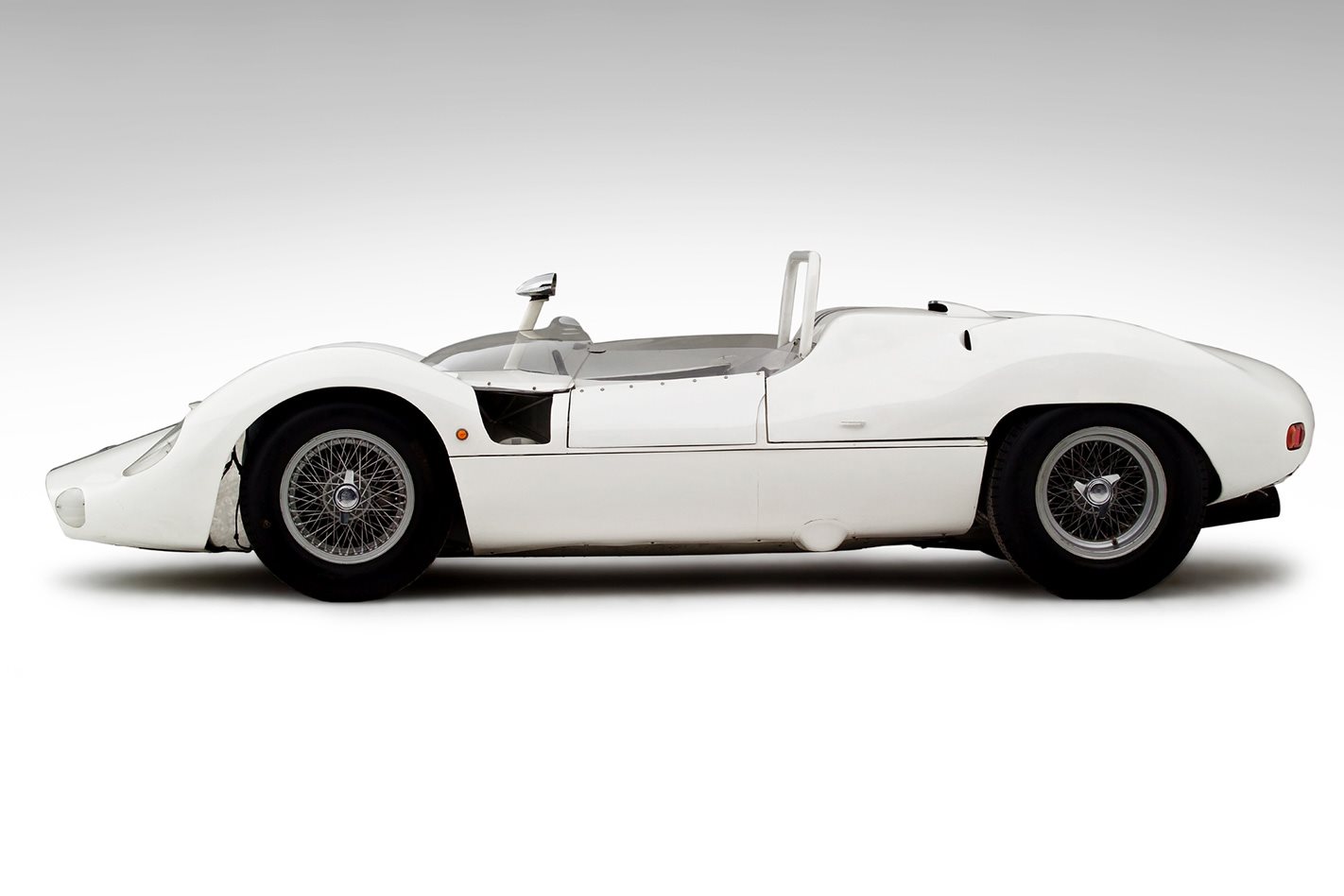
In our Fast Facts series, Whichcar delves deep into the history of automotive brands to bring you fascinating facts and intriguing information.
Here we focus on Maserati, the Italian brand that started life producing spark plugs before producing iconic race cars such as the 250F and Tipo 61 ‘Birdcage’, and desirable GTs and sports cars from the 1947 A6 1500 to the upcoming Alfieri.
BRIGHT SPARK
Societa Anomina Officine Alfieri Maserati was opened officially in 1914 in Bologna as a workshop focusing on spark-plug production. Alfieri Maserati was aided by two of his brothers, Ettore and Ernesto, as he took the family lead after eldest brother and promising engineer Carlo had died prematurely in 1910 from lung illness. Maserati spark plugs were used by Italian airplanes during World War I.
TRIDENT BADGE
Another brother, Mario, was obsessed with art more than cars, and in 1920 he was asked to create the company logo. The now-famous trident badge was influenced by the Fountain of Neptune statue in Piazza Maggiore of Maserati’s then hometown, Bologna. The red and white of the city’s banner were also adopted for the design.
THE TYPE IS CAST
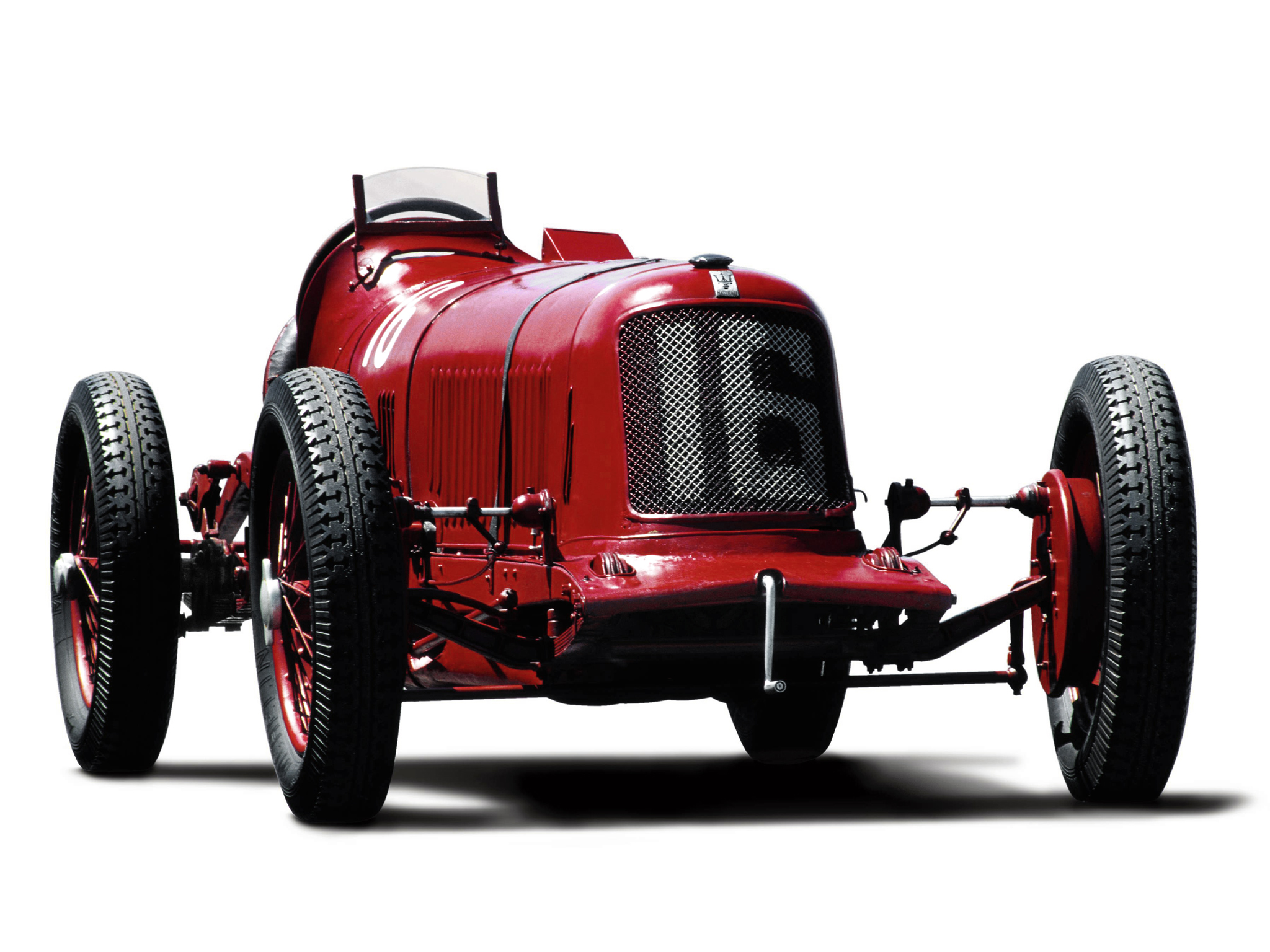
Avid racer Alfieri drove for several manufacturers before he and his brothers created the first Maserati race car in 1926 – the Tipo (Type) 26, which Alfieri drove to the Grand Prix class win in the Targa Florio the same year. He lost a kidney in an accident in 1927, and Bologna was left in mourning five years later when an operation failed to fix his last, ailing kidney.
INDEPENDENCE LOST; INDY WINS GAINED

Maserati continued to build grand prix cars into the 1930s, including the 8CM driven to various successes in 1933 and 1934 by legendary Italian driver Tazio Nuvolari – who had joined after a disagreement with Enzo Ferrari. Nuvolari eventually became a privateer, while intense competition from the Third Reich-backed German teams encouraged the Maserati brothers to hand ownership to the Orsi family in 1937. The 1938 8CTF would prove especially successful in America, winning the famous Indianapolis 500 in both 1939 and 1940.
ONTO THE ROAD
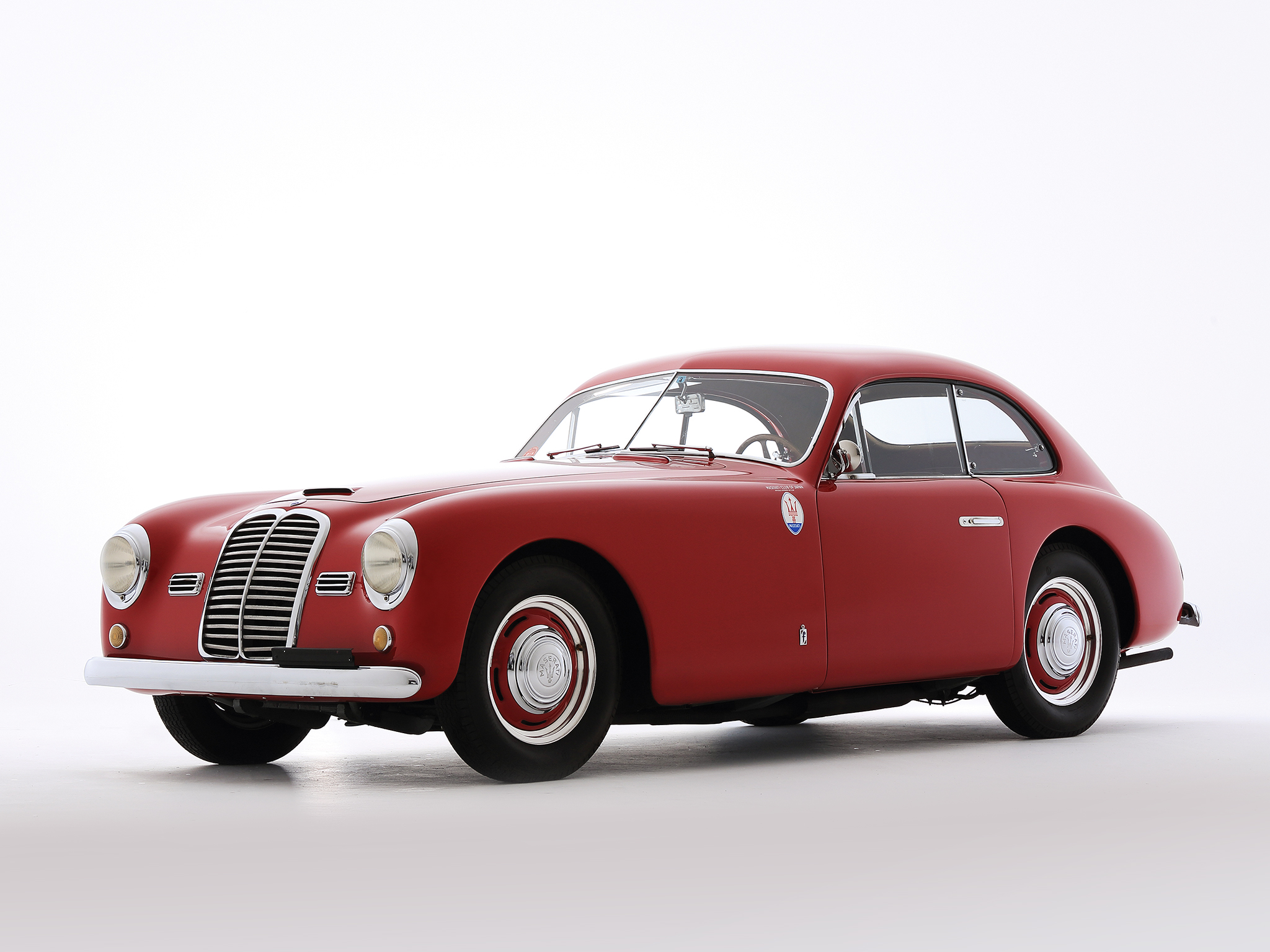
Maserati’s first serious foray into road cars was unveiled at the 1946 Geneva motor show – the A6 that took its letter from Alfieri and its number for the engine’s cylinder count. It went into production a year later as the A6 1500, with the coupe’s bodywork created by Pininfarina. It was followed a decade later by the even sexier 3500GT, produced in both coupe and convertible forms.
TWO Fs EQUAL ONE FAMOUS TITLE
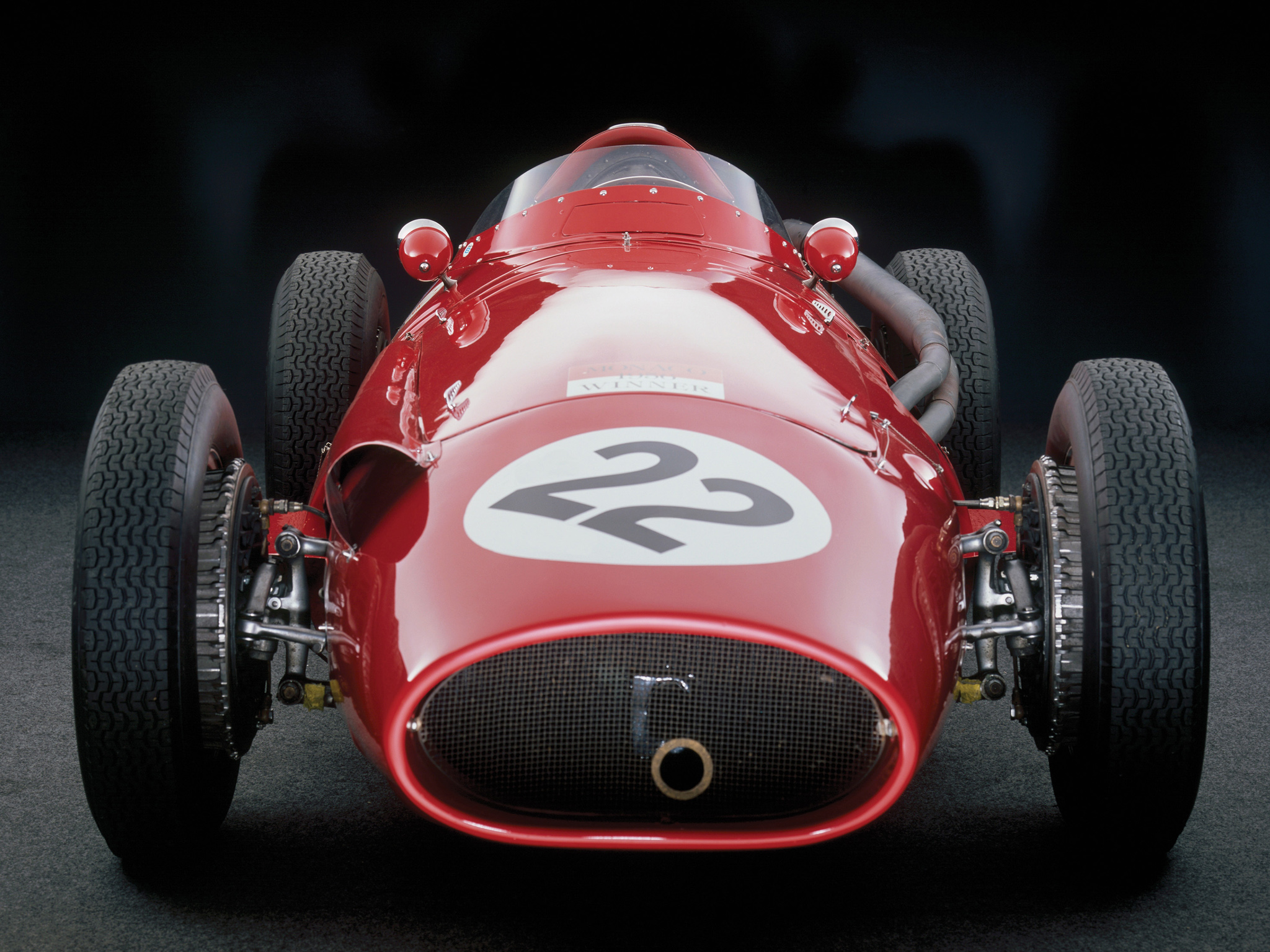
Maserati’s elegant, streamlined 250F achieved eight grand prix wins in the 1950s, and culminated in renowned Argentinian driver Juan Manuel Fangio taking the 1957 championship – the last of his five titles.
HIGH FLYER
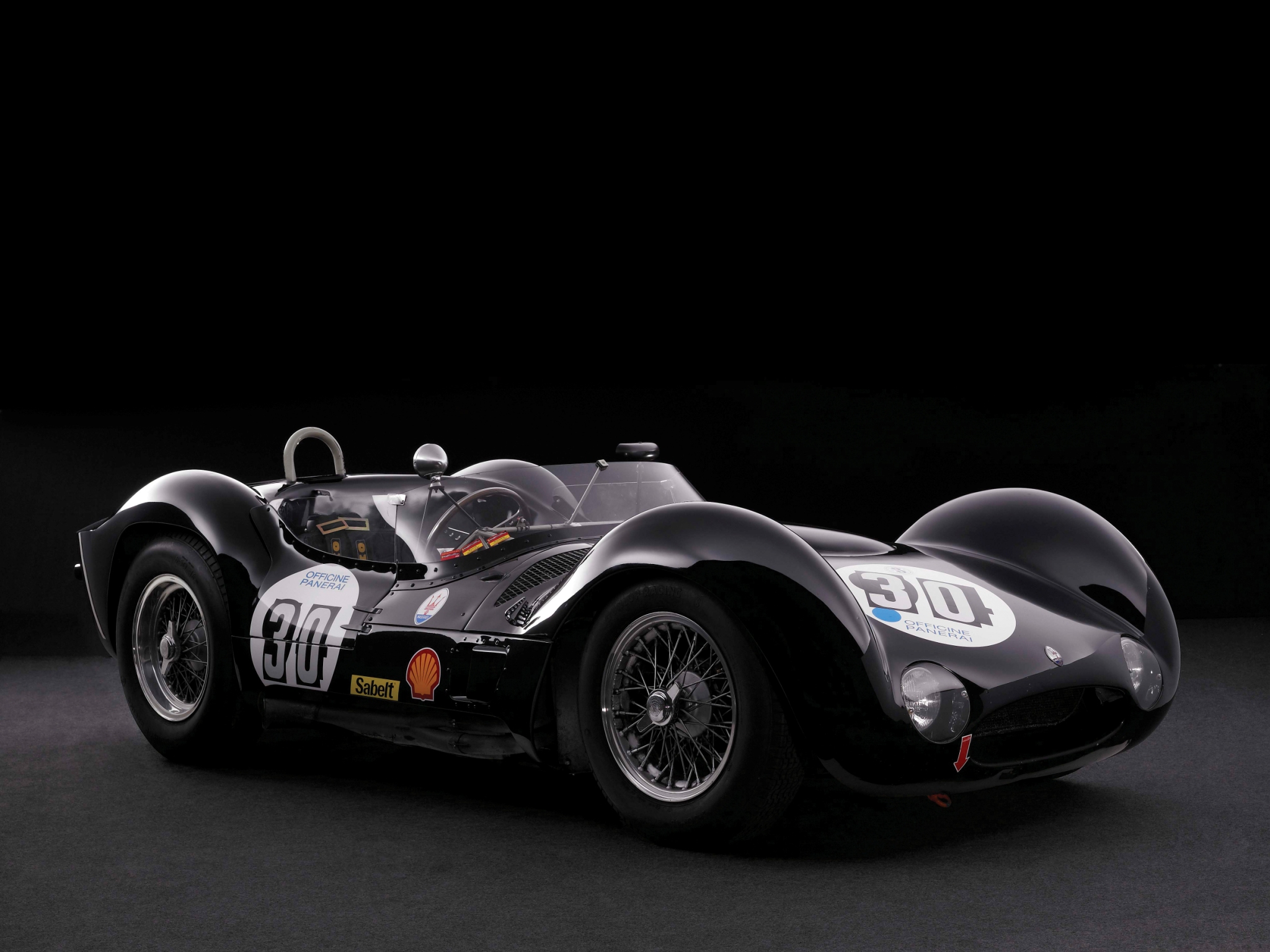
Another iconic Maserati race car emerges in 1959. The Tipo 61 that competed at Le Mans and various other endurance races was nicknamed the ‘Birdcage’ – after its intricate, welded tubular chassis. Reliability issues limited success for a car that wasn’t officially called a Maserati in events in which it competed.
EXTRA DOORS
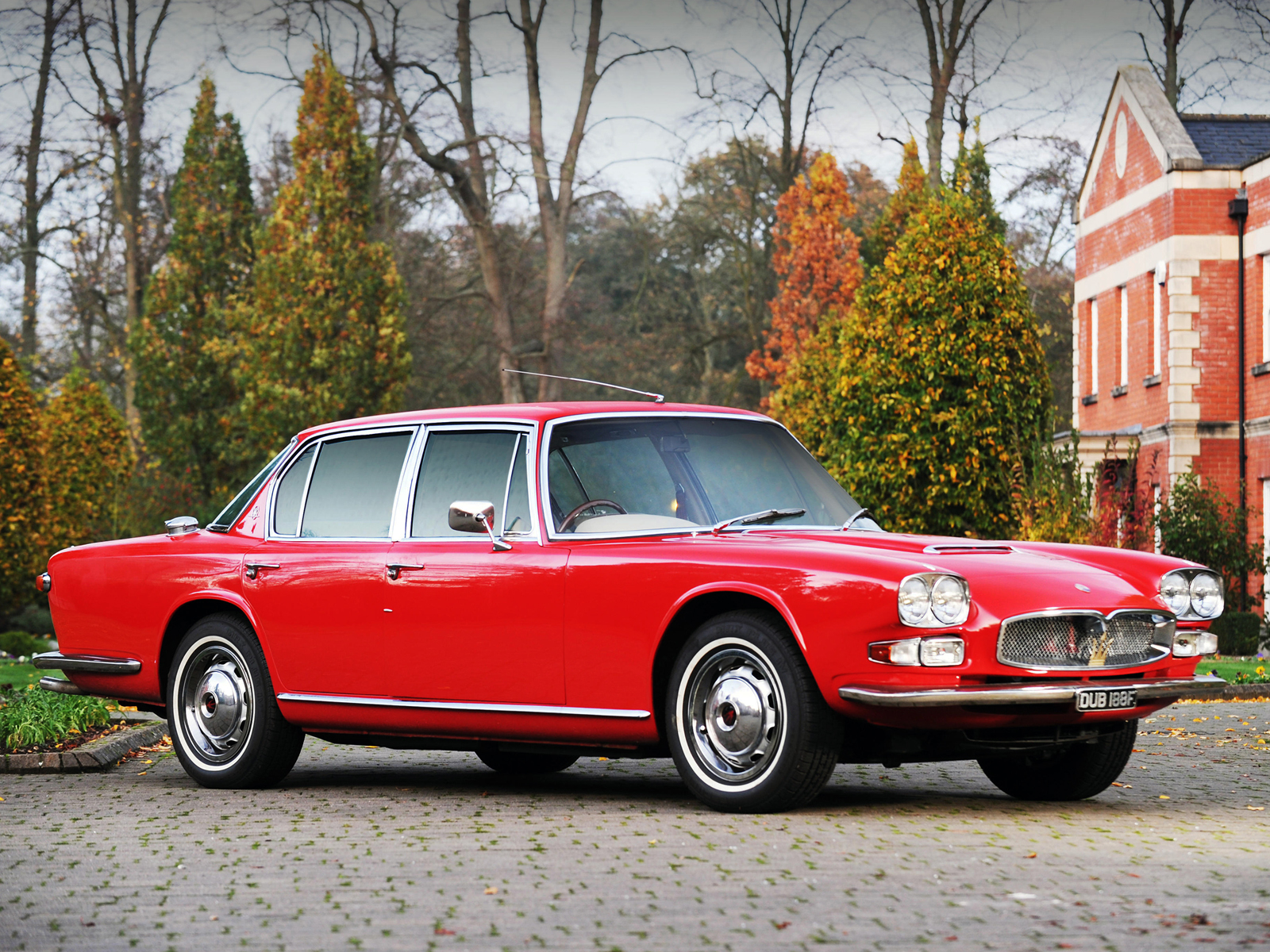
Maserati ventured into sedans in 1963 with the Quattroporte – which simply means “four doors” in Italian. Not only did the first generation bring handsome looks to the ‘limousine’ segment but it was then the fastest four-door in the world.
BLOW-INS
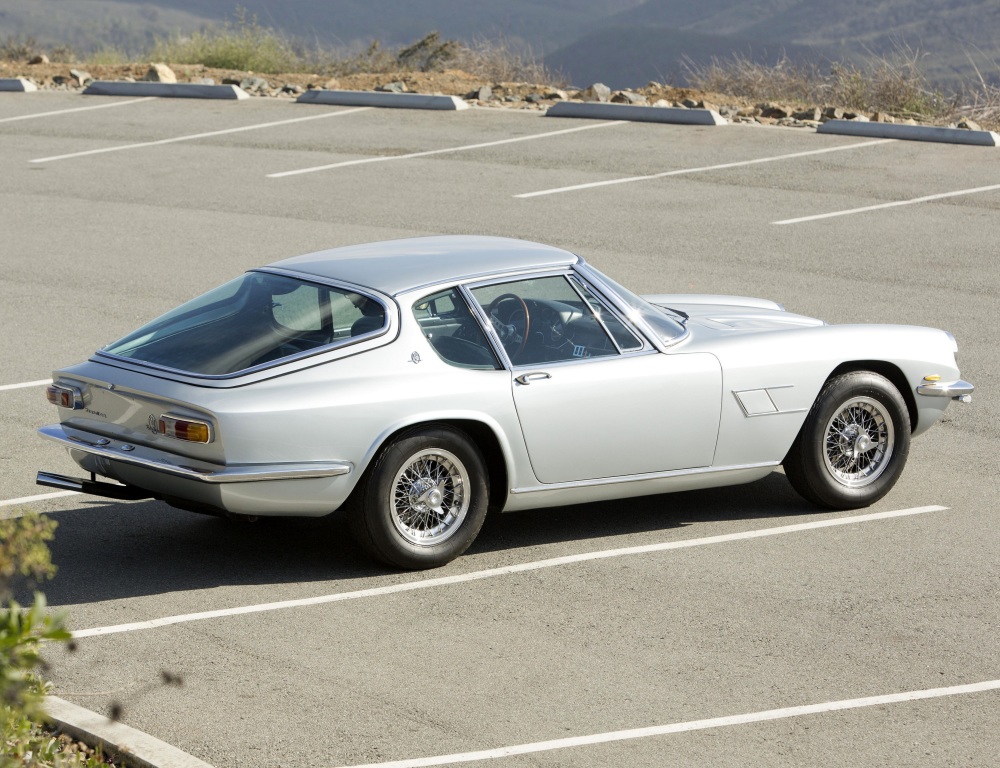
The 1963 Mistral coupe and spyder became the first of a handful of Maseratis to be named after a specific wind. These also included the 1967 Ghibli (its successor), 1971 Bora, and 1974 Khamsin.
GHIBLI RETURNS
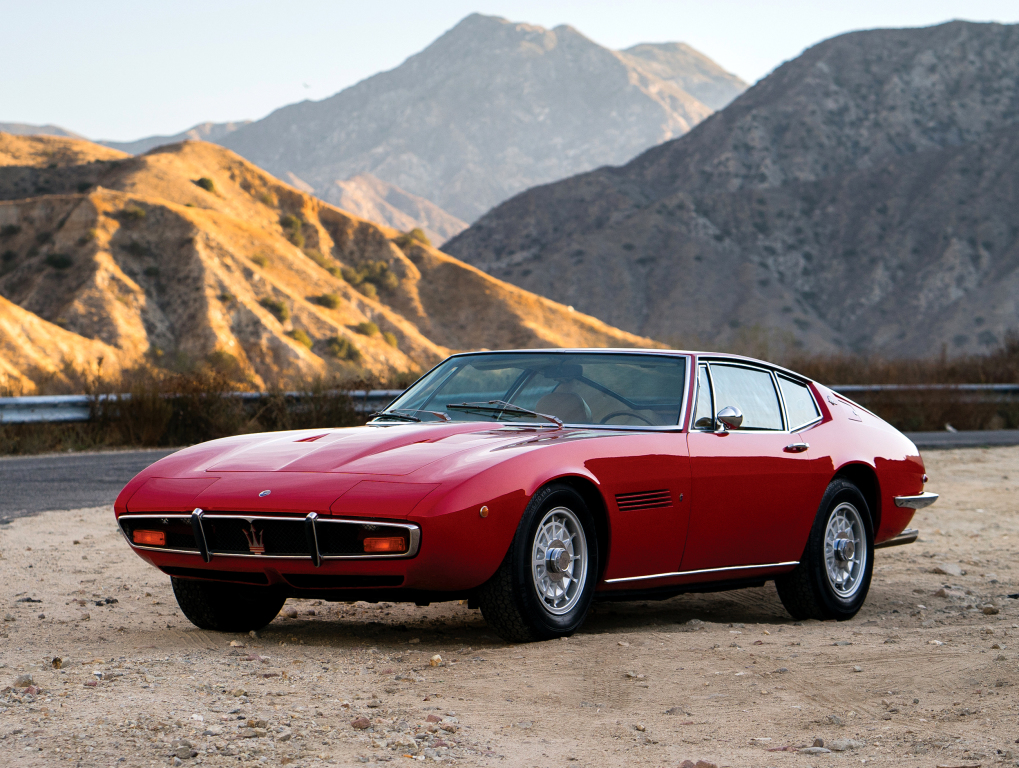
The striking Ghibli luxury V8 coupe – also produced in spyder form – was designed by the renowned Giorgetto Giugiaro, and worthy of visual comparison with the Ferrari 275 GTB and Lamborghini 400GT (though both powered by V12s). It featured a boot lid rather than tailgate despite the deceptive fastback styling. The Ghibli name was revived in 2014 for a large sedan sitting below the Quattroporte, though it lacked the beautifully proportioned styling of the original.
PETITE FRENCH INFLUENCE
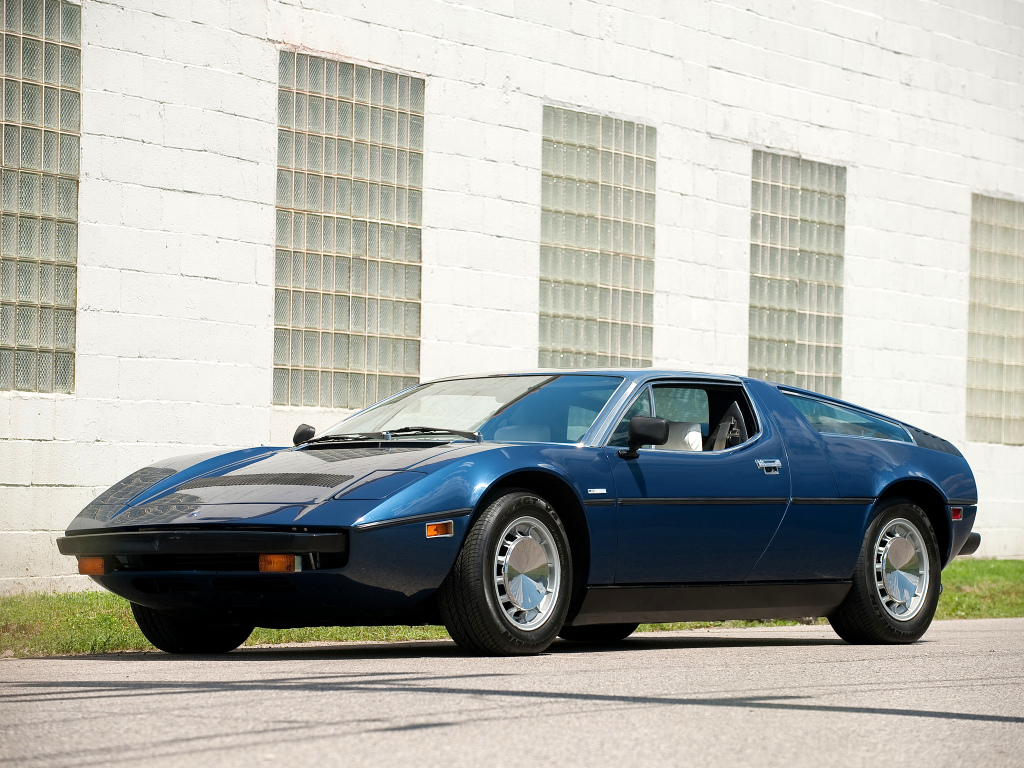
Citroen was brought in as a partner in the late-1960s, helping to bring greater organisation and structure to Maserati – while models were also influenced. Citroen’s hydraulics expertise, for example, was applied to the braking system, front-seat adjustment, and retractable headlights of the 1971 mid-engined Bora. And the second-generation Quattroporte was even based on the chassis of the Citroen SM, complete with hydro-pneumatic suspension (though the 1973 oil crisis would prove disastrous for the high-end sedan, resulting in just 13 units being built).
THE MASERATI THAT INSPIRED THE VW GOLF MK1 AND LOTUS ESPRIT
The conceptual precursor to the Bora was the futuristic Boomerang, also designed by Giorgetto Giugiaro. Its sharp lines and wedge shape would influence other designs from Giugiaro’s ItalDesign studio, ranging from the first Volkswagen Golf in 1974 and the iconic 1976 Lotus Esprit.
ONE OF THE WORST CARS OF ALL TIME
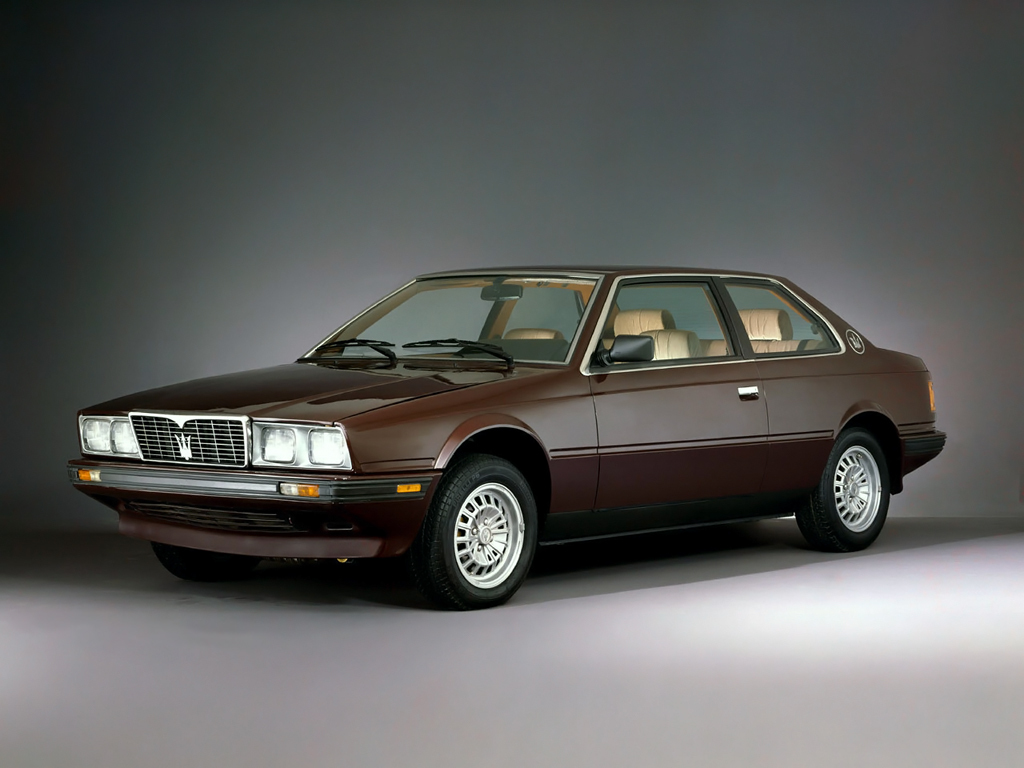
The 1976 Kyalami and 1981 Biturbo were two of the models produced during the tenure of entrepreneur Alejandro De Tomaso. The former was derived from De Tomaso’s own Longchamp model, using a Maserati V8. The Biturbo was particularly successful in the US, though it didn’t help Maserati’s struggling reputation around the time – the model’s poor reliability contributed to a place in Time magazine’s list of the 50 worst cars.
A TRIDENT-BADGED CHRYSLER
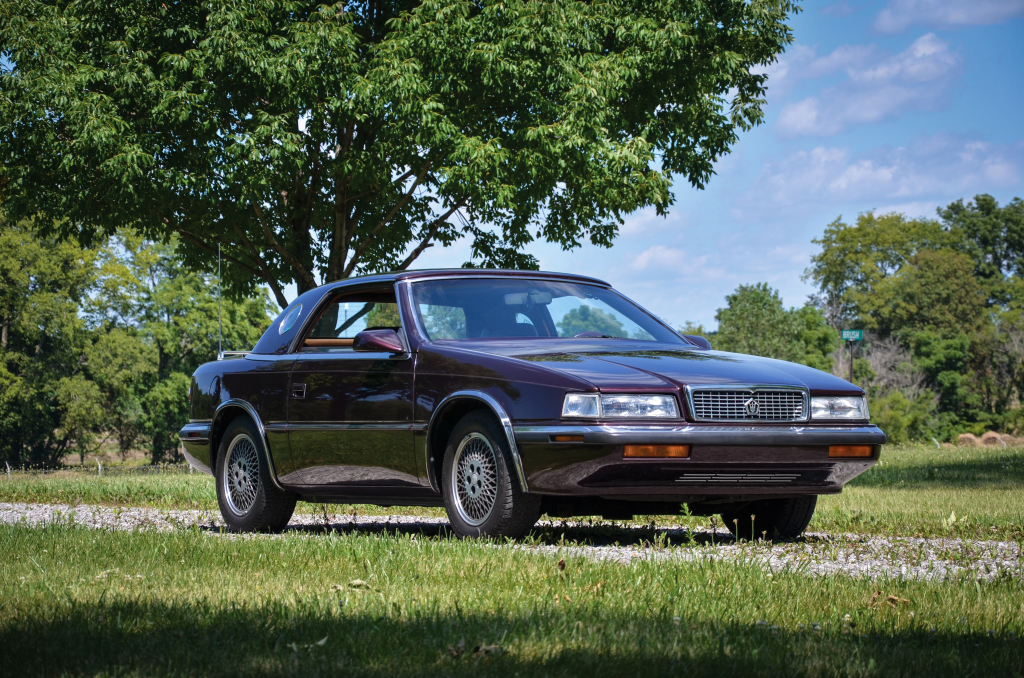
1989’s Chrysler TC by Maserati bookended an inglorious decade for the Italian brand. The idea, hatched by Chrysler chairman Lee Iacocca and Maserati president Alejandro De Tomaso, was a convertible featuring a Chrysler platform, US styling and initially a Chrysler (Maserati-enhanced) turbo engine but built by Maserati in Milan … for sale in the US. It was poorly received, perhaps unsurprisingly – and US car magazine Car and Driver in 2009 rated the TC among its Top 25 automotive ‘flops’.
RIVALS BECOME STABLEMATES
In 1993, Fiat bought Maserati – and placed it under the guidance of Ferrari chief executive and president Luca di Montezemelo, essentially ending the decades-long rivalry between the two Modena-based brands. Chrysler also came back into the equation when the Fiat Chrysler alliance was formed in 2014.
BACK ON TRACK
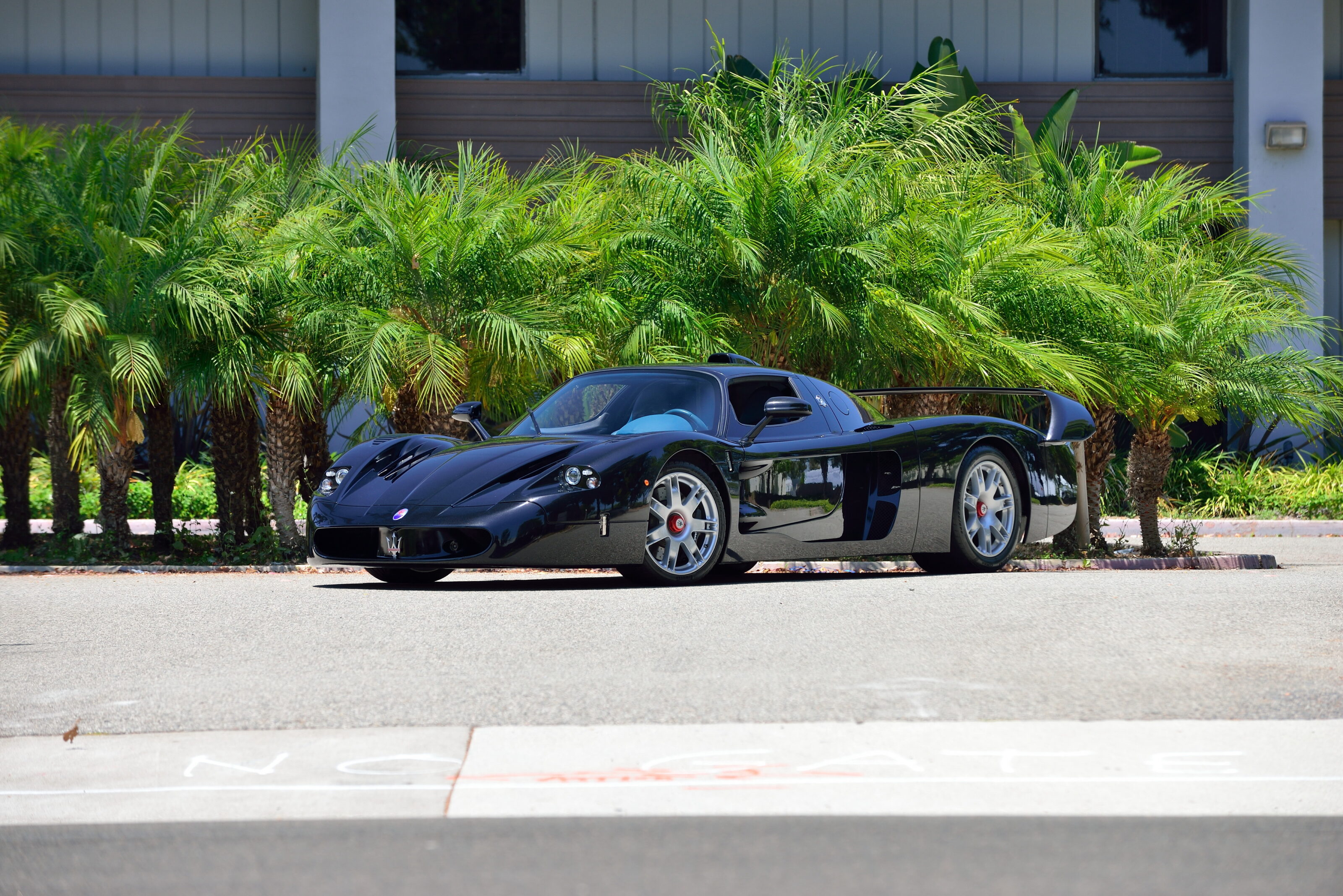
Ferrari and Maserati have since shared some componentry and technologies, and in 2004 the Ferrari Enzo supercar created two years prior was the basis for Maserati’s own version – called the MC12. A GT1 version marked Maserati’s return to motor racing after almost 40 years away from the track.
BETTER LATE THAN NEVER
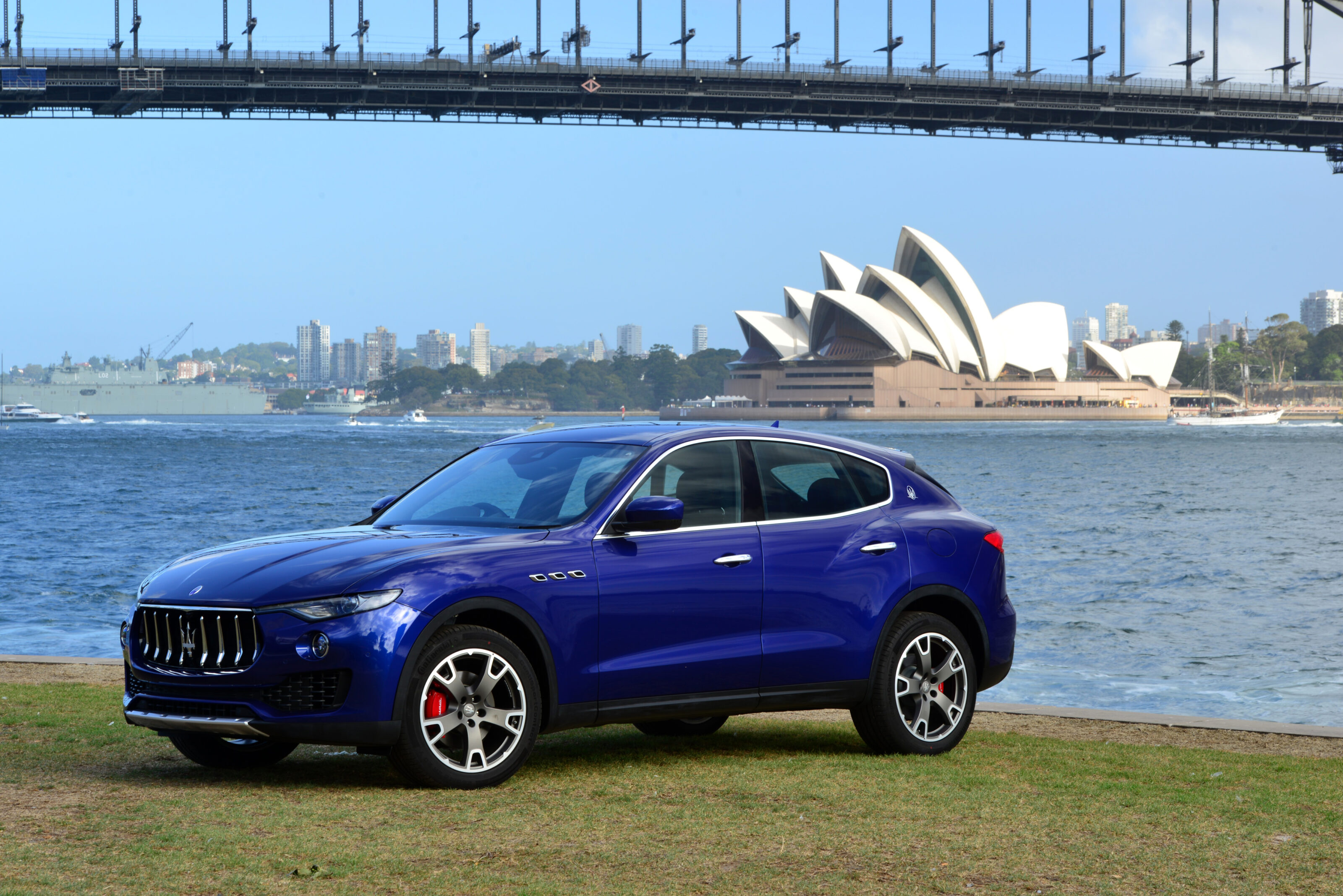
Ferrari vociferously claims it will never build an SUV, though Maserati believed a high-riding vehicle wouldn’t undermine its brand. It took its time producing one, though. After presenting the Kubang SUV concept in 2003 (and a revised but identically named show car in 2011), a production off-roader called the Levante didn’t appear until 2016.
HOMAGE TO ALFIERI
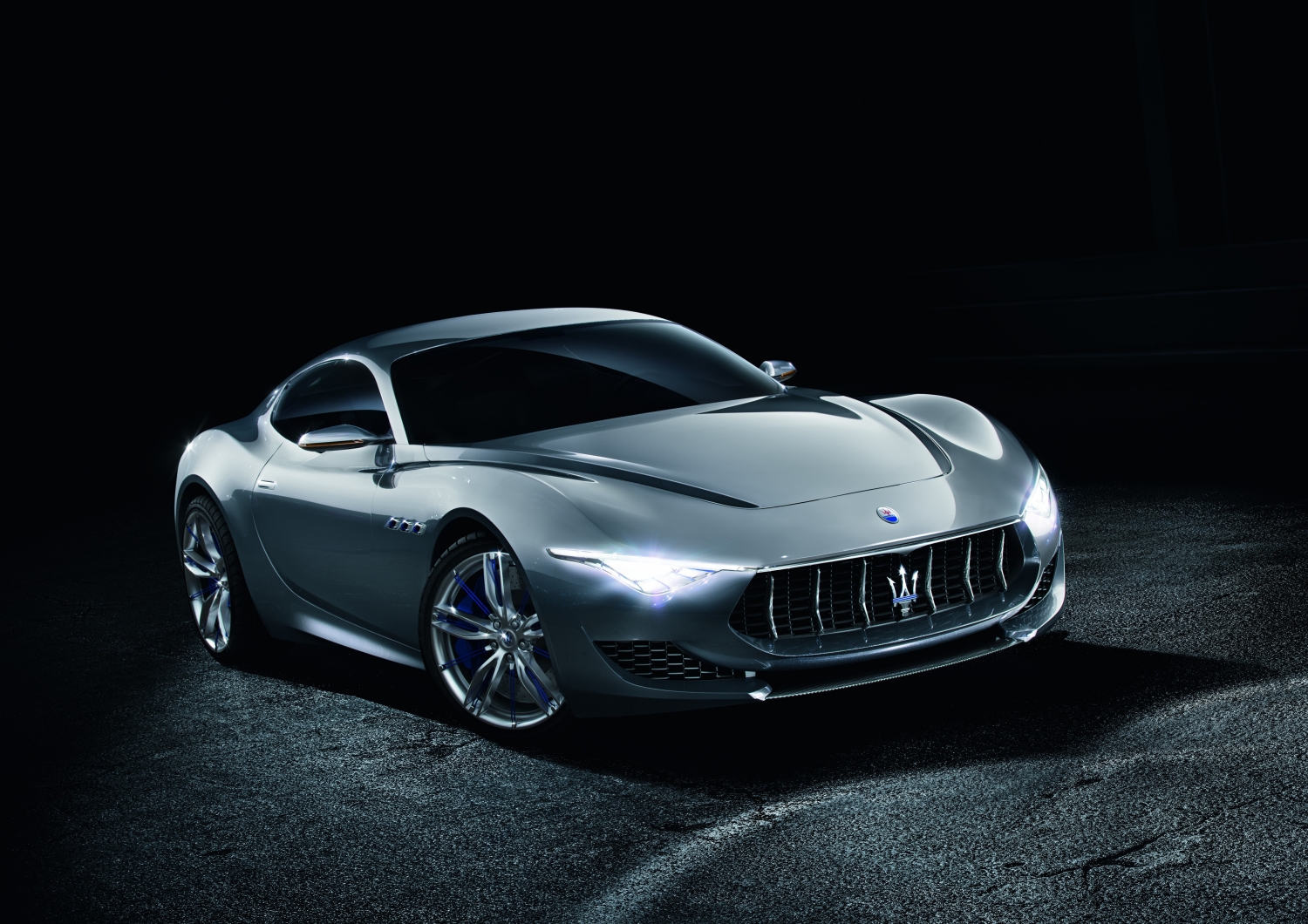
In 2014, Maserati marked its 100th anniversary with a two-plus-two-seater sports car called the Alfieri – an homage to its founder. Maserati has delayed production for various reasons, though the model is set to join the range in about 2019 or 2020, and could feature hybrid power.




